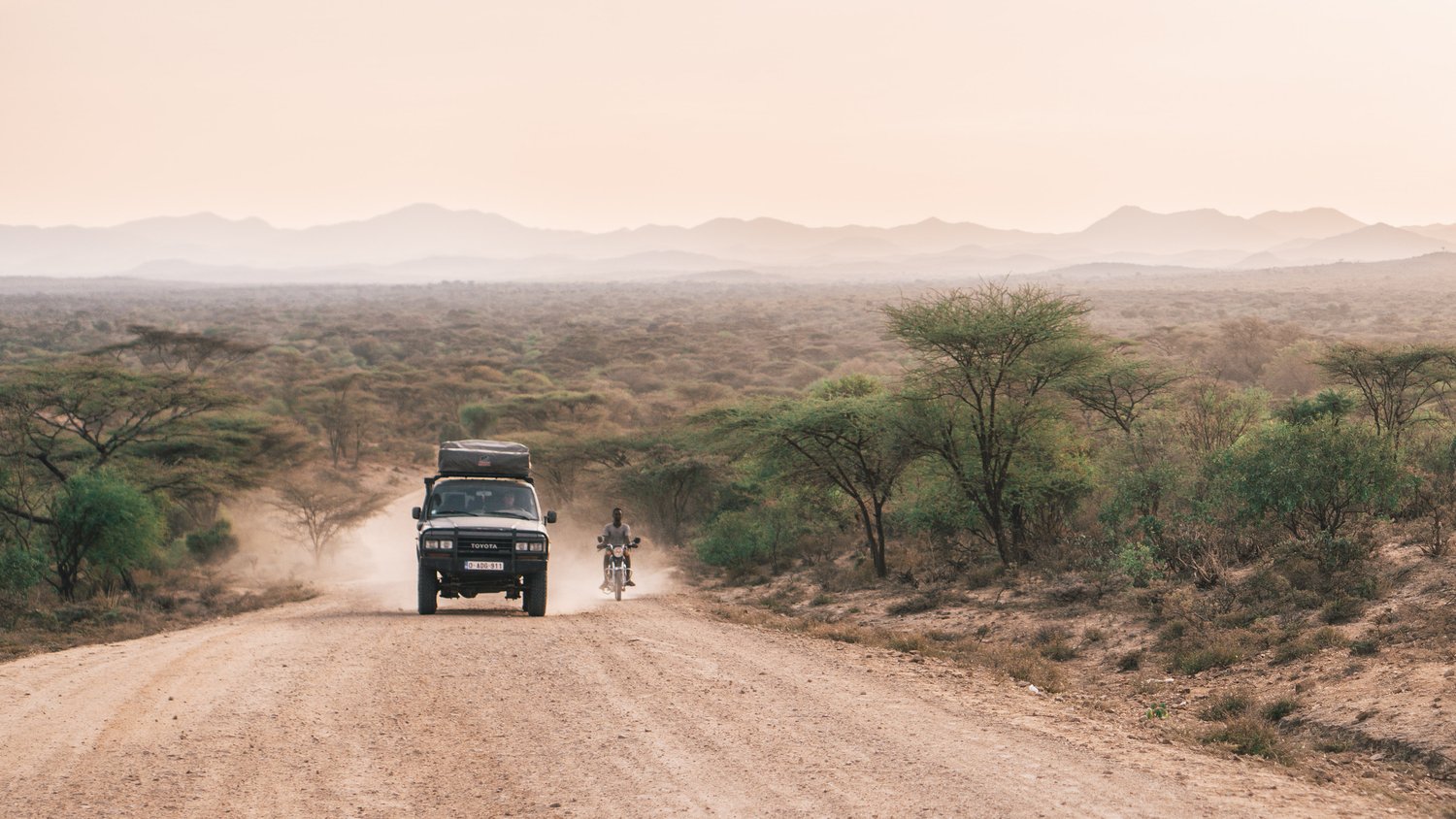- Weeks of heavy rain triggered deadly mudslides and flooding across Kenya’s Rift Valley and Western Highlands.
Experts and locals call for proactive climate resilience measures, including reforestation and early warning systems.
After weeks of relentless rainfall, Kenya’s Rift Valley and parts of the Western Highlands have been left devastated. Mudslides and flash floods tore through steep terrain, claiming lives, displacing thousands, and exposing the country’s growing vulnerability to climate extremes.
Though Kenya remains one of the world’s lowest greenhouse gas emitters, its landscapes are increasingly fragile worn down by deforestation, unsustainable farming practices, and a warming climate that it now both suffers and, through land degradation, contributes to.
In Chepsongoch, Kerio Valley, survivors described the moment a mudslide engulfed their homes. “It was gone in a flash,” one resident said. “We heard a loud noise, and then everything was covered.” A local TV crew captured scenes of debris cascading down Marakwet Valley. “The mountain seemed to have split open,” a survivor told reporters.
Across Elgeyo-Marakwet County, villages like Murkutwa and Embobut were buried under mud. Rescue teams have battled blocked roads and unstable terrain, racing against time to reach survivors.
Experts attribute the disaster to shifting rainfall patterns now more intense and erratic exacerbated by environmental degradation. Hillsides once stabilized by tree cover have become dangerously unstable.
Footage from international media shows rescue teams digging through mud and debris. “Every moment is very valuable,” said one responder. While many locals have praised the courage of frontline workers, they’ve also voiced frustration with the government’s reactive approach.
“We have to install early warning systems and good infrastructure,” urged a community leader in Chepsongoch. “This should not be happening over and over again.”
In Trans Nzoia County, floodwaters have destroyed homes and farmland, leaving thousands displaced. “We have lost everything,” a farmer told a local broadcaster. “The water came at night and took our crops.”
Community leaders and environmental experts agree: the time for action is now. Tree planting on bare hills, stronger land monitoring, early warning systems, and improved drainage and terracing are no longer optional—they are urgent. These mudslides are not isolated tragedies; they are a sorrowful reminder of Kenya’s climate fragility and the need for resilience planning.
“The land is warning us,” said an elder in Kerio Valley. “It’s about time we listen.”
Kenya stands at a defining moment. These floods and landslides are not mere misfortunes they are signals of a deepening environmental crisis. Mourning the dead and rebuilding the wreckage is no longer enough. The country must shift from reactive disaster response to proactive climate resilience. That means investing in tree cover, enforcing land regulations, and equipping communities with early warning systems.
The voices rising from Kerio Valley and Chepsongoch are not just grieving—they are demanding transformation. If Kenya turns a blind eye to their warnings, the next storm may not only bring destruction. It may bring judgment.
Follow us on WhatsApp for real-time updates, community voices, and stories that matter.






